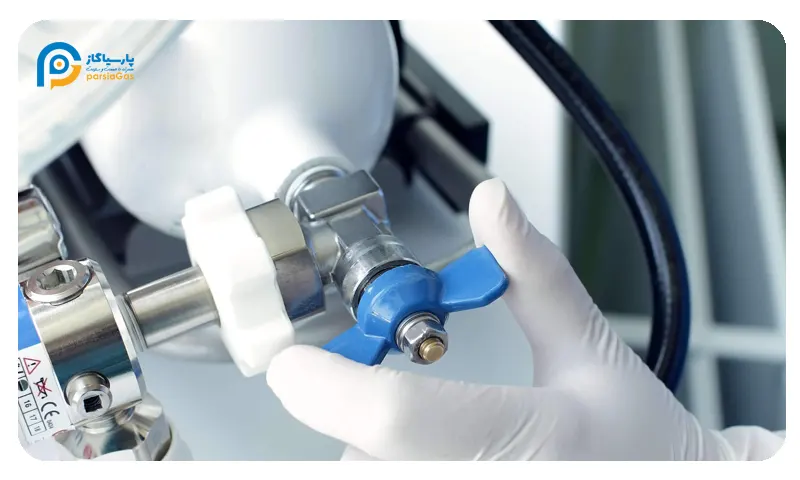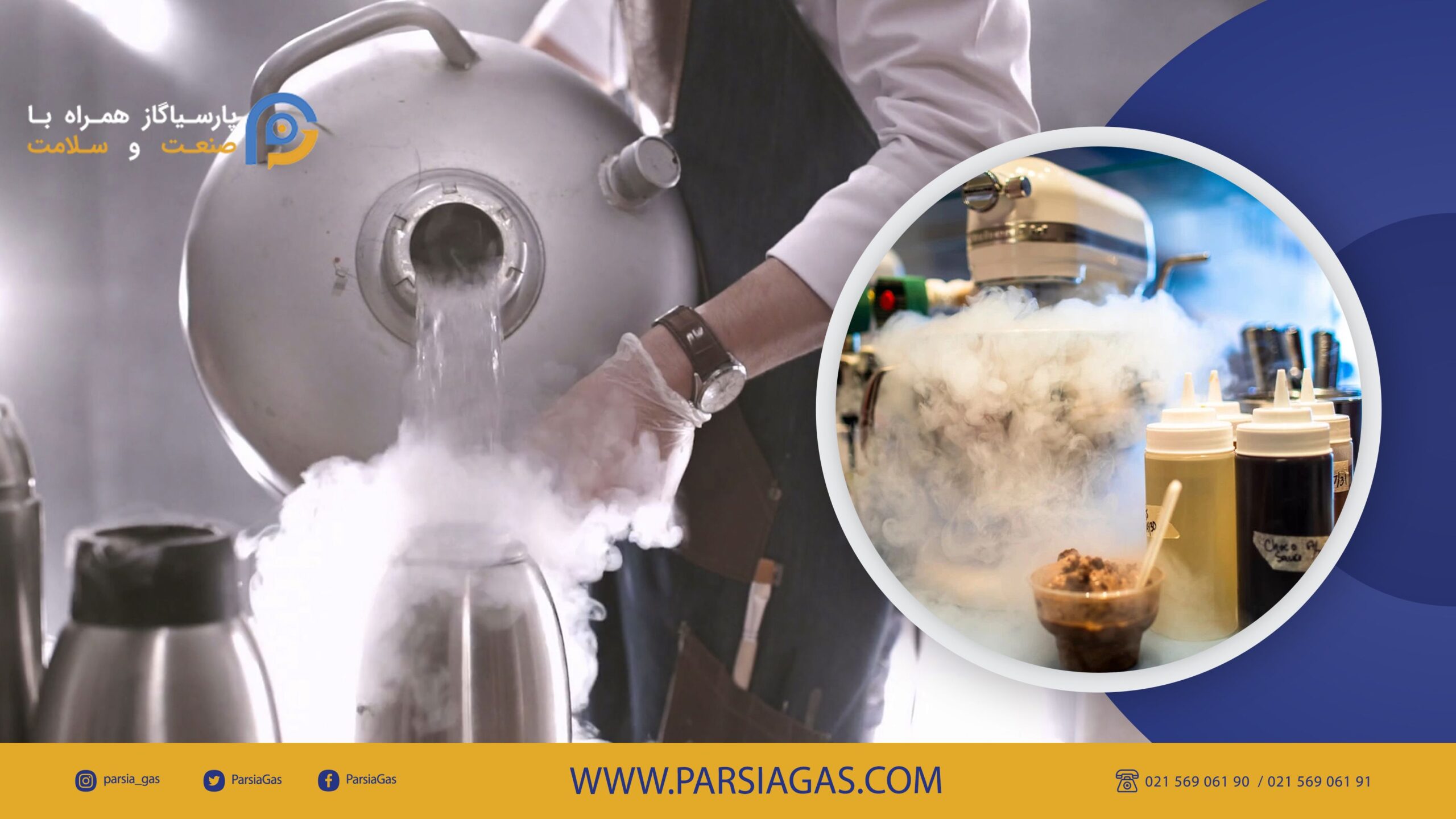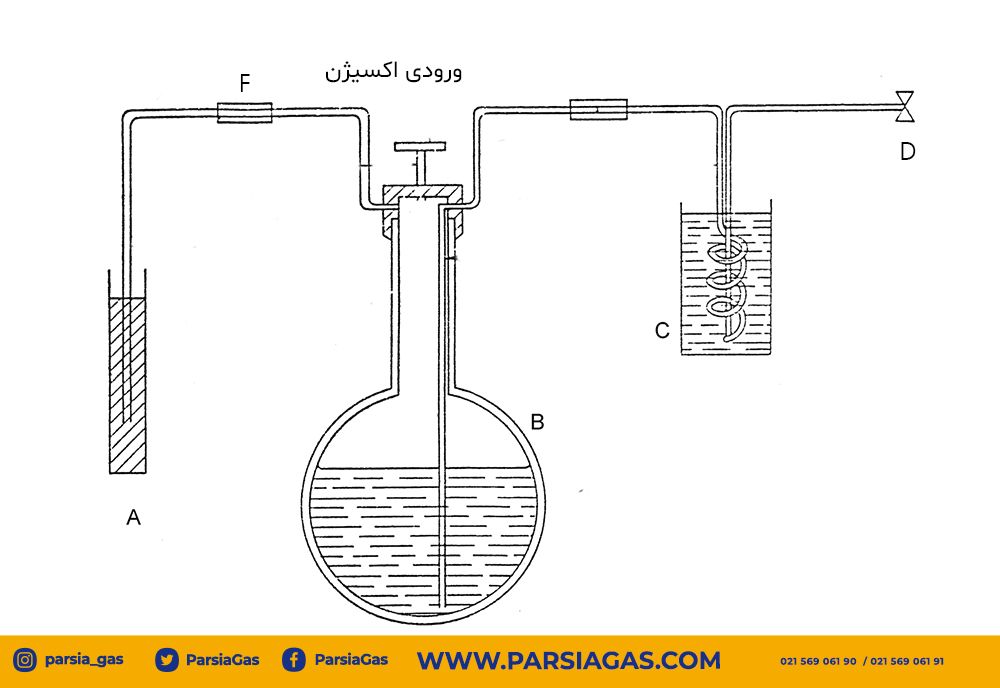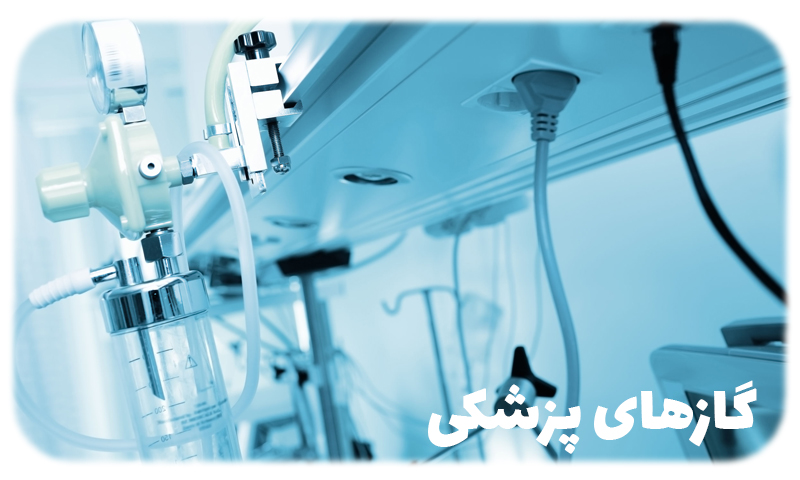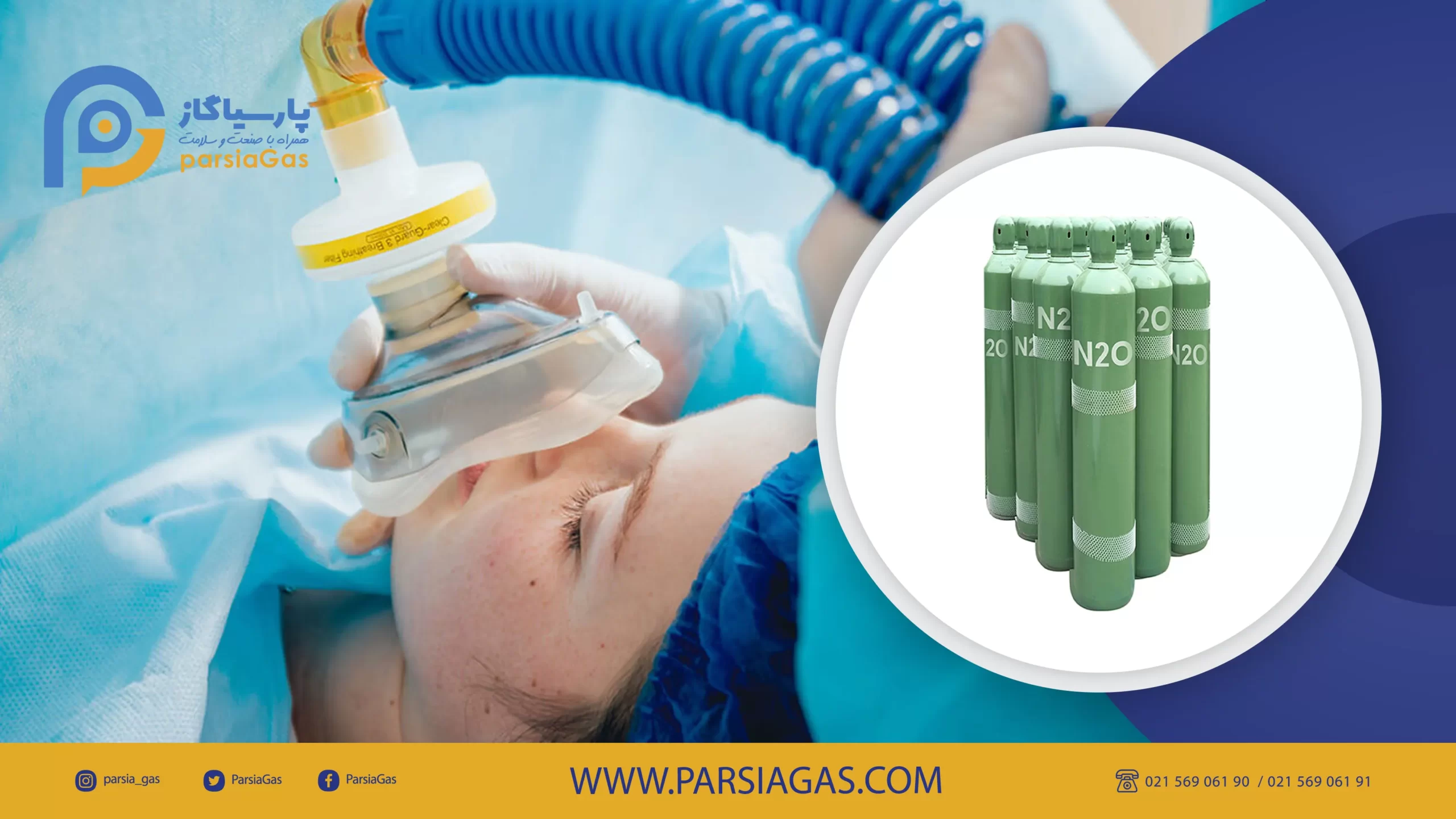What is laboratory gas and what are the types of laboratory gases?
Laboratory gas
Analytical, research and testing laboratories are becoming ubiquitous in a wide range of industries, from clinical and pharmaceutical research to consumer products and environmental analysis. In fact, almost every product we encounter in our daily activities has probably been examined in an analytical laboratory at some point in its development.
While there is great diversity in the testing methods available and the industries served, these labs have one thing in common: a desire for accurate results. As such, these laboratories often rely on high-purity carrier, combustion, and calibration gases.
Laboratory gases refer to a wide range of gases and are increasingly a vital component in the laboratory. These gases are rare or ultra high purity (99.995% and above). Many industries, including analytical, pharmaceutical, electronics, and petrochemical, benefit from the unique properties of special gases that help improve efficiency, optimize performance, and reduce costs.
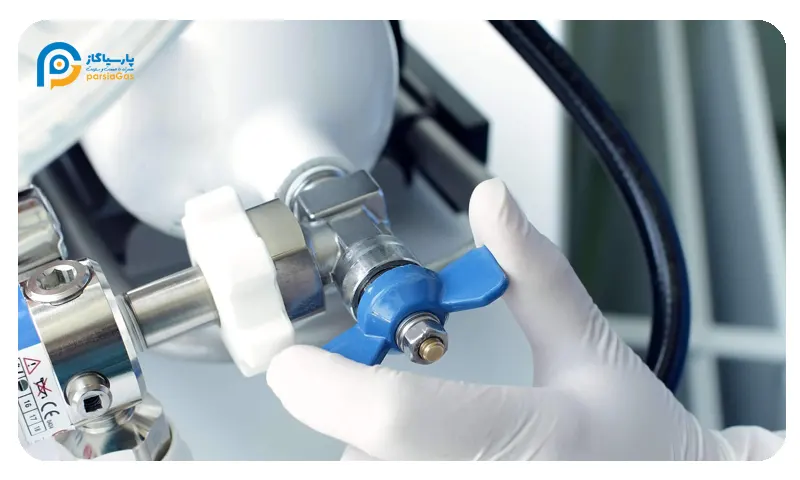
Types of laboratory gases:
- Aerobic and anaerobic mixtures
- Gases for instrumental analysis
- Stable isotopes for clinical use
Uses of laboratory gas:
Analytical or laboratory applications may include gas chromatography (GC, GC-MS, LC-MS), spectroscopy (ICP, ICP-MS, Flame AA, GFAA, NMR), specialized analytical techniques (thermal and elemental analysis, carbon analyzers total organic matter). It may also be sample or material processing.
Some analytical measuring instruments require laboratory gases and special calibration for instrument operation or calibration.
Be sure to read: Calibration Calibration

Use of some laboratory gases:
-
Helium
-
Argon
-
carbon dioxide
-
Oxygen
-
Nitrogen
-
Hydrogen
Be sure to read: methods of extracting gases in the air
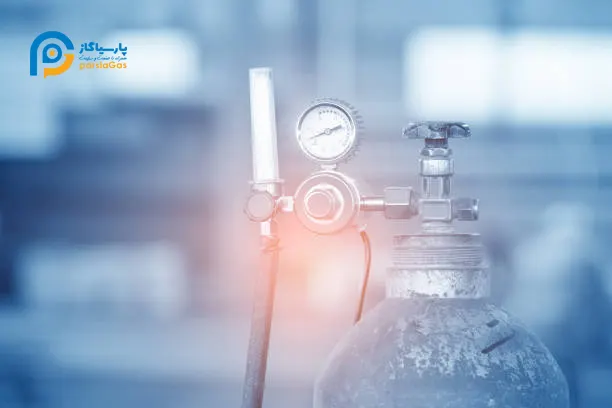
Choosing the right gas delivery system:
For almost all laboratory gases, maintaining gas purity is a critical requirement. For this purpose, the choice of delivery tools and their compatibility with the laboratory gas and its degree of purity should be considered. It is not enough that the instruments are compatible with the laboratory gas, but the design ensures and maintains the purity of the gas. Since gases must be stored and readily available at the point of use, the means of delivery is critical to ensure system compatibility and safe transportation.
Types of laboratory gas supply methods are:
- Dewars
- Cylinders
- Gas generator
Generally, most laboratory gases are supplied in compressed gas cylinders. A gas cylinder or tank is a pressurized tank that is used to store gases at high pressure.
compressed gas cylinders
The use of compressed gases in the laboratory can be dangerous if not used correctly. Many gases can be explosive, flammable, corrosive and toxic. Because the gases in the tanks and cylinders are under high pressure, any gas release can spread quickly and endanger laboratory personnel.
Death by explosion or suffocation Less lethal safety hazards include physical injuries from misuse of tanks, particularly to the hands, feet, and lower back.

